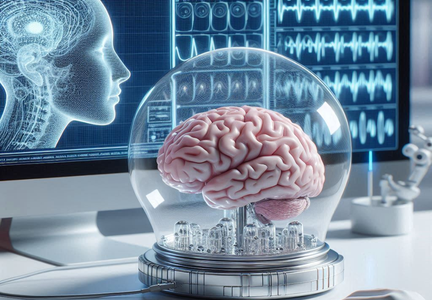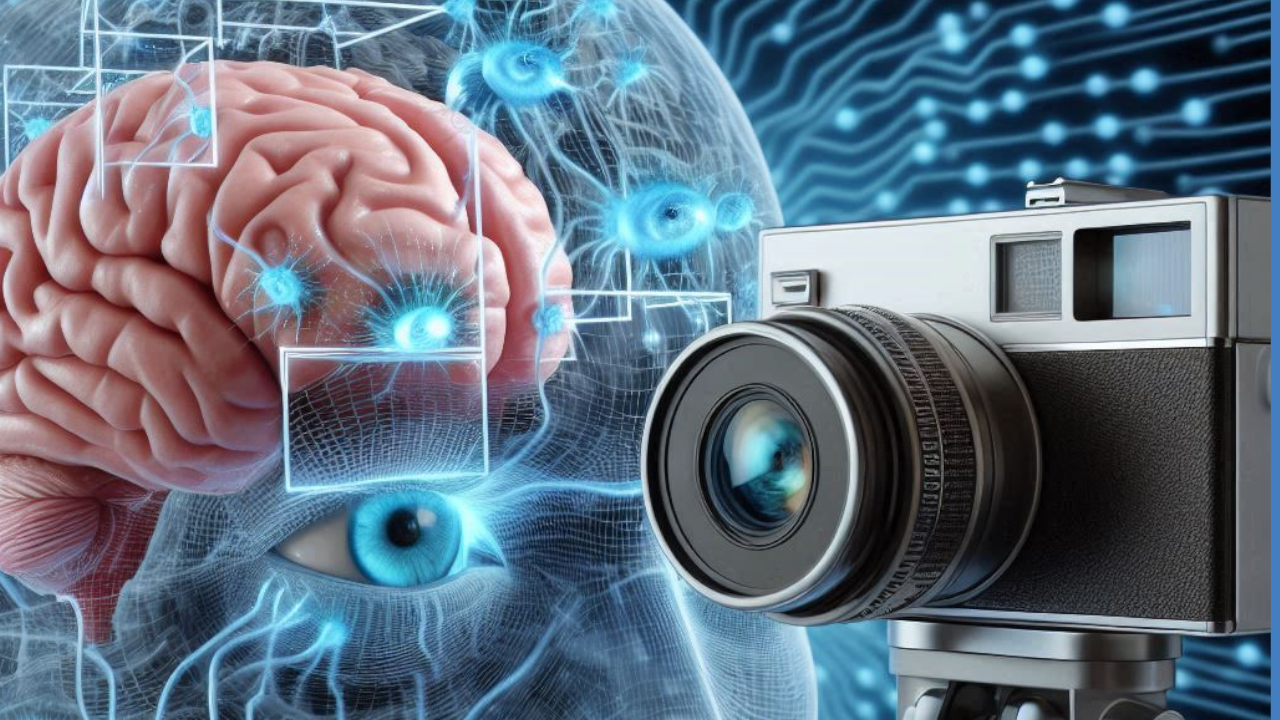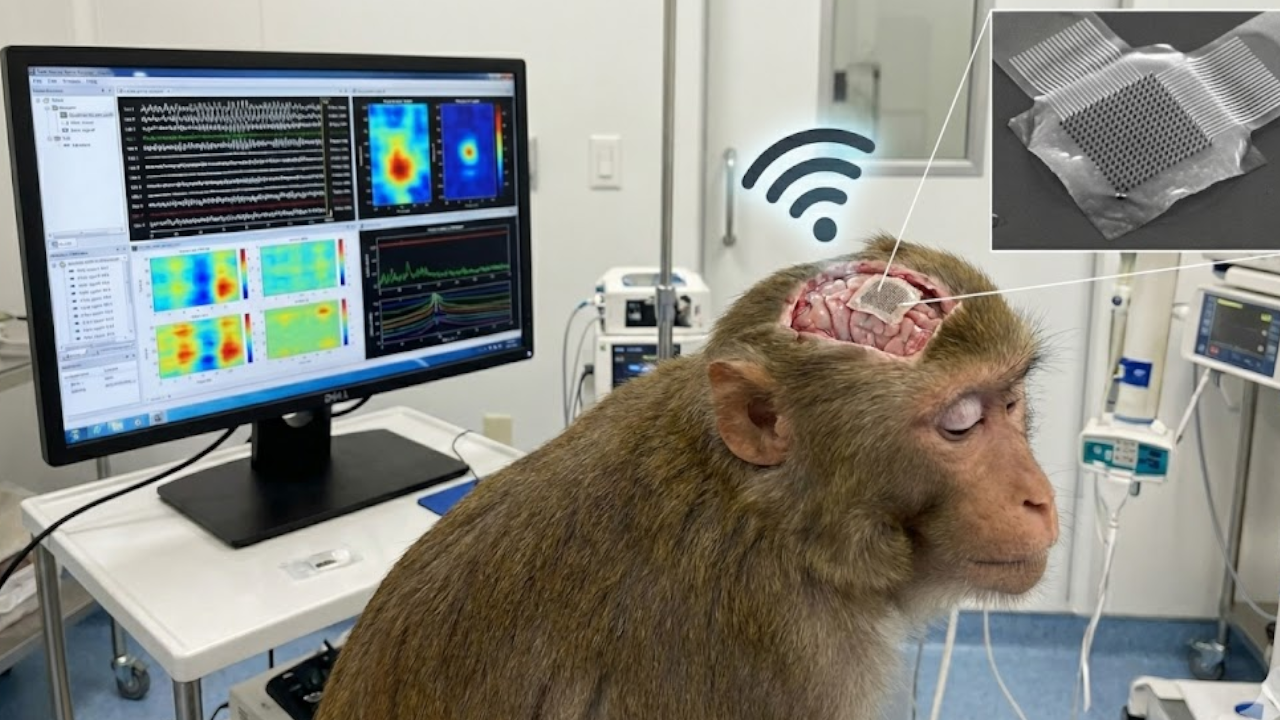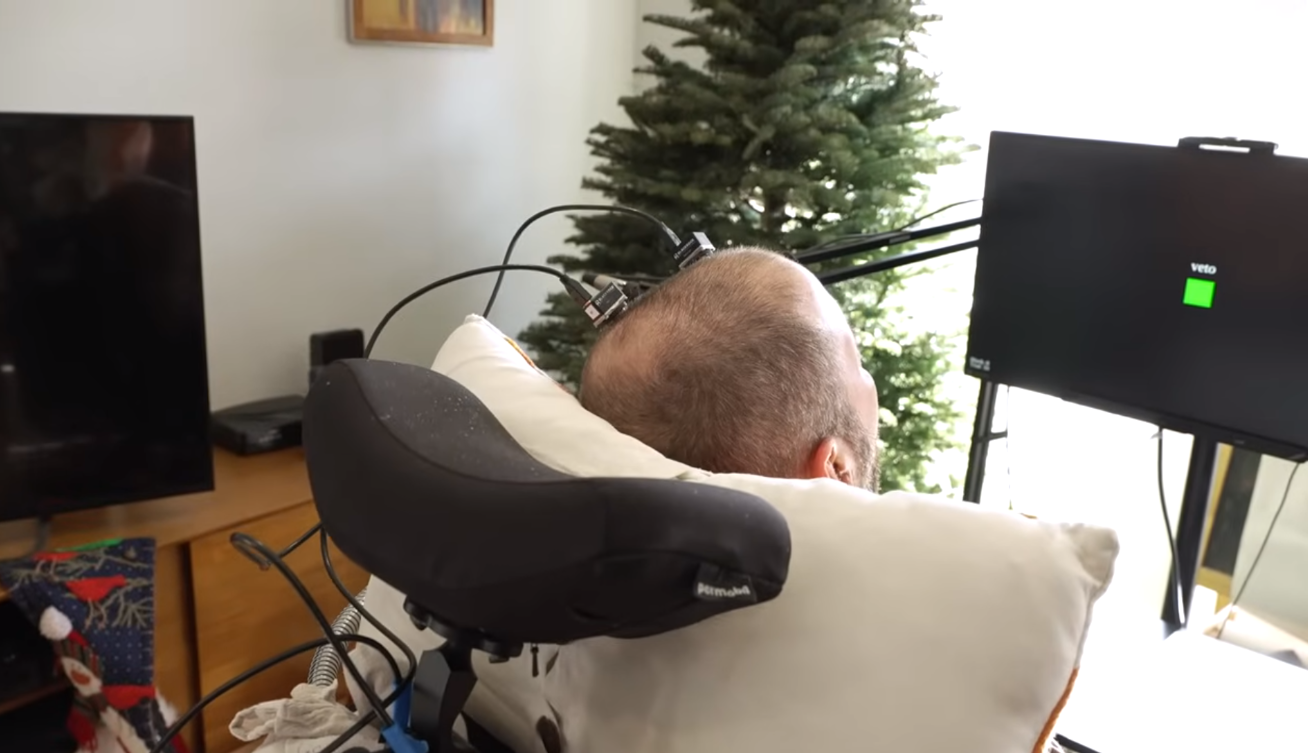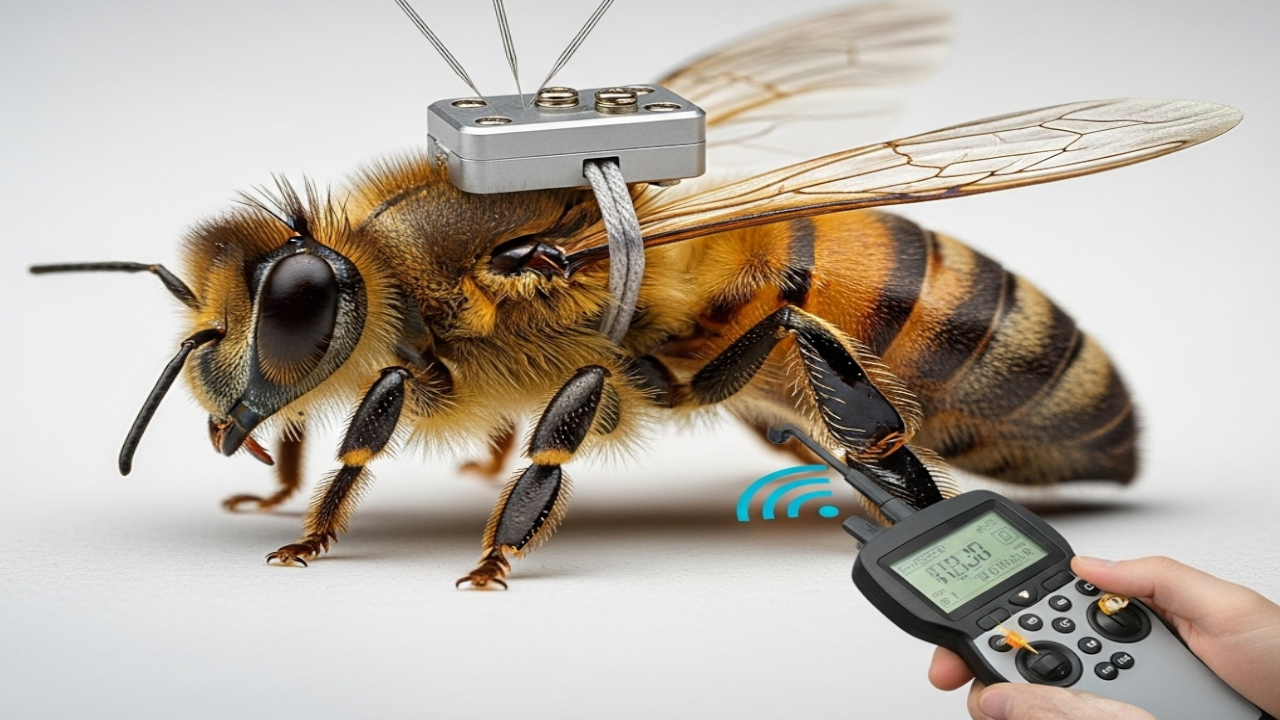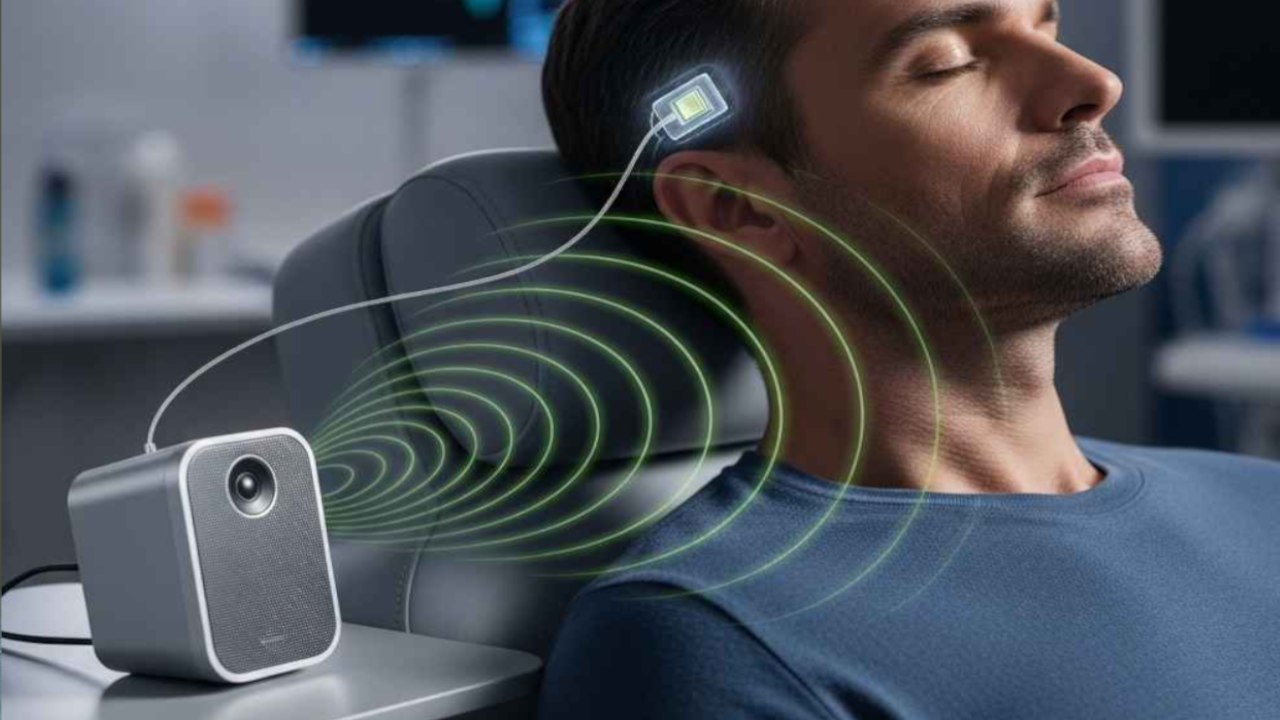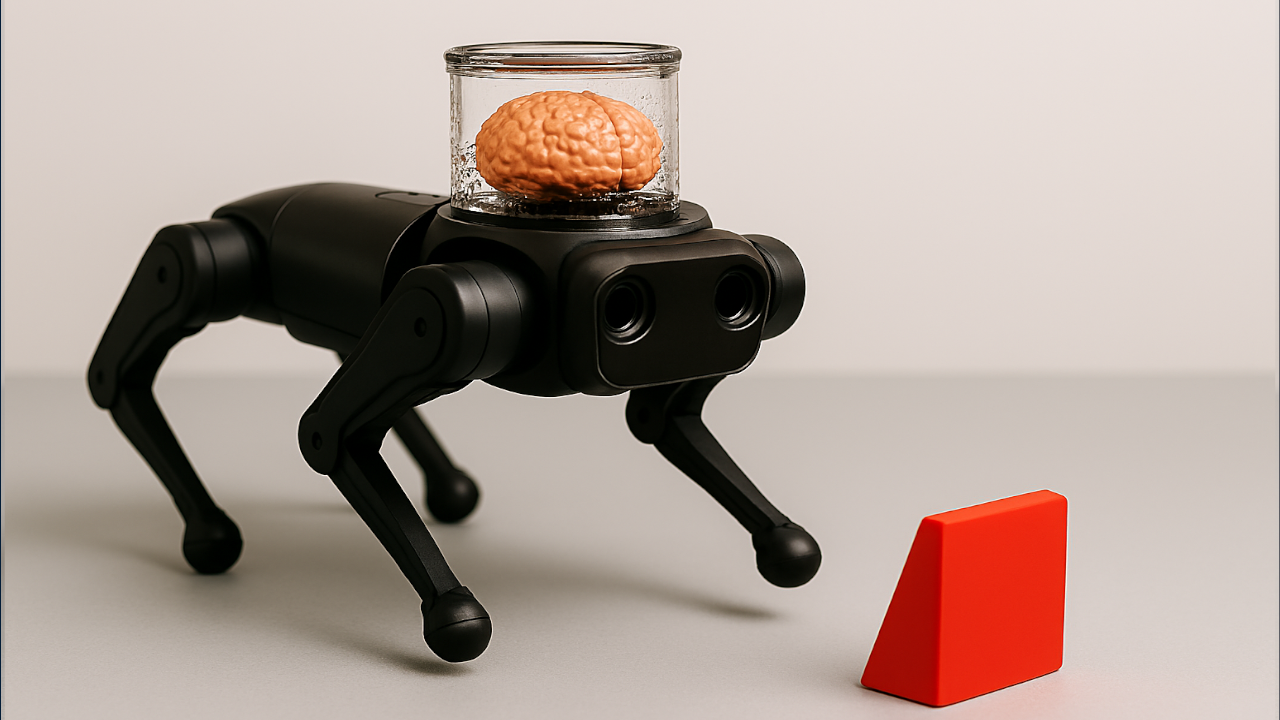Neuralink, led by Elon Musk, is developing a brain-computer interface (BCI) chip that aims to create a two-way information exchange between the human brain and machines. Tianjin University takes a more ambitious approach with their “brain-on-a-chip” project. They aim to not only create a BCI but also potentially cultivate and train brain tissue to perform complex tasks, in addition to enabling machine interaction.
Researchers from Tianjin University’s Human-Computer Interaction Laboratory, in collaboration with Southern University of Science and Technology, have developed an open-source system called MetaBOC. This system facilitates the connection between brain-on-a-chip technology and electronic devices. The ultimate goal is to utilize MetaBOC to interface a lab-grown brain tissue with a robot, enabling the brain tissue to control the robot and perform intelligent tasks like obstacle avoidance.(The researchers provided a visual aid to demonstrate the concept)

This project can be understood as having two key components. The first involves creating a brain-computer interface (BCI) by cultivating brain tissue and linking it to a chip. The MetaBOC system then acts as a bridge, facilitating communication between the brain tissue and external electronic devices, similar to how it would function when controlling a robot. The second part focuses on developing methods to train this lab-grown brain to perform intelligent tasks, such as controlling a robot.
The “brain-on-a-chip” concept in this project differs from human brain implants like Neuralink. Instead of directly interfacing with a human brain, it utilizes lab-grown brain. This tissue is created by culturing stem cells, encouraging them to develop into a simplified, functional neural network. While not a complete human brain, it serves as a miniature model that allows researchers to study brain function and develop new therapies.
Similar to Neuralink’s human brain interface, the chip in this project aims to capture electrical signals from the lab-grown brain. However, unlike Neuralink, a major challenge lies in deciphering these signals. We currently lack the ability to decode the “language” of this cultivated brain, hindering both information retrieval and sending instructions. Therefore, the development of MetaBOC hinges on two key scientific breakthroughs:
- Decoding the output: We need to understand the electrical signals generated by the cultivated brain. This will allow us to interpret its activity.
- Establishing communication: We need to develop a method to send information to the brain in a way it can process.
While Tianjin University claims MetaBOC is open-source, details regarding the project remain limited. Currently, there’s no publicly available information about the system’s programming code, operational methods, or published research demonstrating successful brain signal decoding. This lack of transparency hinders verification of their progress and raises questions about the system’s functionality.
The project’s second part focuses on training the lab-grown brain tissue to perform complex tasks, like controlling a robot. While one researcher mentioned using reinforcement learning algorithms for this purpose, there’s a lack of published research detailing their progress. Until the university releases findings on this aspect, it remains an area of ongoing exploration.
The university’s claims about MetaBOC raise some questions due to the limited information available. They referenced their research, but the cited study focused on using low-intensity ultrasound for improved brain tissue development, which falls within the realm of cultivating brains, not necessarily communication with them. Ideally, we’d see research directly addressing decoding signals from and sending information to the cultivated brain tissue.
I think the idea of interfacing cultivated brains with machines is undeniably ambitious. However, significant technical hurdles remain before we can make real progress.
